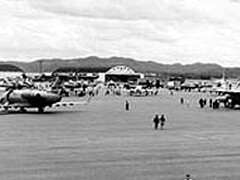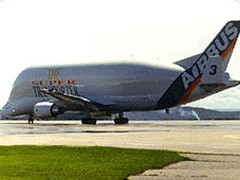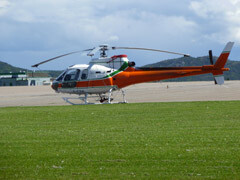Stephenville Airport
In 1941 the United States obtained rights to construct an air force base in the St. George’s Bay area of Newfoundland. The U.S. 76th Congress approved the 99-year lease, and in April 1941, construction began.
The air force base was originally referred to as Stephenville Air Base; however, it was renamed Ernest Harmon Air Force Base on June 23, 1948, in honour of Captain Ernest Emery Harmon. Harmon was a U.S. Army Corps ace who was killed in an air crash in 1933.



